How to Improve Workplace Lighting for Better Productivity
Lighting in the workplace is often overlooked but plays a crucial role in employee well-being and productivity. Good lighting can boost energy levels, reduce eye strain, and improve focus, while poor lighting can lead to fatigue, headaches, and decreased efficiency. If you’re looking to enhance your work environment, here are some simple strategies to improve workplace lighting and create a more productive atmosphere.
1. Embrace Natural Light
Natural light is a key factor in creating a productive work environment. Studies have shown that exposure to natural light improves mood, energy levels, and focus. Whenever possible, arrange workstations near windows or incorporate glass walls to let in more daylight. If your office lacks natural light, consider using daylight-simulating lamps to mimic its effects.
Benefits of Natural Light:
-
Boosts mood and energy levels
-
Reduces eye strain
-
Enhances alertness and focus
-
Regulates circadian rhythms, leading to better sleep
2. Choose the Right Type of Artificial Lighting
If your workplace relies on artificial lighting, selecting the right type is essential. Opt for LED lighting, which is energy-efficient, long-lasting, and provides clear, bright illumination without producing heat. LED lights also come in various color temperatures, which can help create different atmospheres in the office.
Ideal Color Temperatures:
-
Warm White (2700K-3000K): Best for creating a calm and cozy environment in lounges or break rooms.
-
Cool White (4000K-5000K): Ideal for office areas where focus and productivity are needed, such as workstations or conference rooms.
-
Daylight (5000K-6500K): Mimics natural daylight and is great for tasks requiring high levels of concentration.
3. Incorporate Task Lighting
General overhead lighting is often not enough for focused tasks. Adding task lighting at individual workstations can reduce eye strain and improve concentration. Desk lamps with adjustable brightness and angles allow employees to control their lighting based on their needs. Choose task lights with a cool color temperature for optimal visibility without causing glare.
4. Reduce Glare and Shadows
Glare can be a major productivity killer. It causes eye strain, headaches, and fatigue. To reduce glare, position lights strategically and use anti-glare screens on monitors. If your office has windows, use blinds or shades to control sunlight exposure and prevent harsh reflections on screens.
Tips for Reducing Glare:
-
Use diffusers or frosted glass to soften light.
-
Position screens away from direct light sources.
-
Invest in adjustable blinds or shades for windows.
5. Create Zones with Layered Lighting
Instead of relying on one source of light, use layered lighting to create different lighting zones within the office. Combining ambient lighting (general lighting), task lighting (focused lights), and accent lighting (decorative or mood lighting) can improve visibility and enhance the overall atmosphere.
Example of Layered Lighting Setup:
-
Ambient Lighting: Overhead LED lights for general illumination.
-
Task Lighting: Desk lamps or adjustable light fixtures at workstations.
-
Accent Lighting: Wall sconces or floor lamps for creating a welcoming environment.
6. Consider Smart Lighting Solutions
Smart lighting systems allow you to customize and automate lighting settings based on time of day, natural light availability, or individual preferences. With features like dimming, color temperature adjustment, and scheduled lighting, smart lighting can improve energy efficiency and ensure that the workplace is always optimally lit for productivity.
7. Monitor Light Levels
Constantly monitor and adjust light levels to maintain an optimal balance. Too much light can be overwhelming, while too little light can lead to eye strain and fatigue. Use a combination of natural light, adjustable task lights, and overhead fixtures to keep the office well-lit without causing discomfort.
8. Keep Light Fixtures Clean
Dust and dirt can accumulate on light fixtures over time, reducing the quality and efficiency of the lighting. Regularly clean your light fixtures and bulbs to ensure they provide maximum illumination. Clean, well-maintained fixtures can help prevent the need for brighter lighting, saving energy and improving overall ambiance.
Conclusion
Investing in the right lighting for your workplace is a simple yet effective way to boost productivity, improve employee health, and create a more pleasant work environment. By embracing natural light, choosing the right artificial lighting, reducing glare, and implementing smart lighting solutions, you can create a workspace that supports focus, creativity, and efficiency.
Start improving your workplace lighting today, and watch productivity soar!


